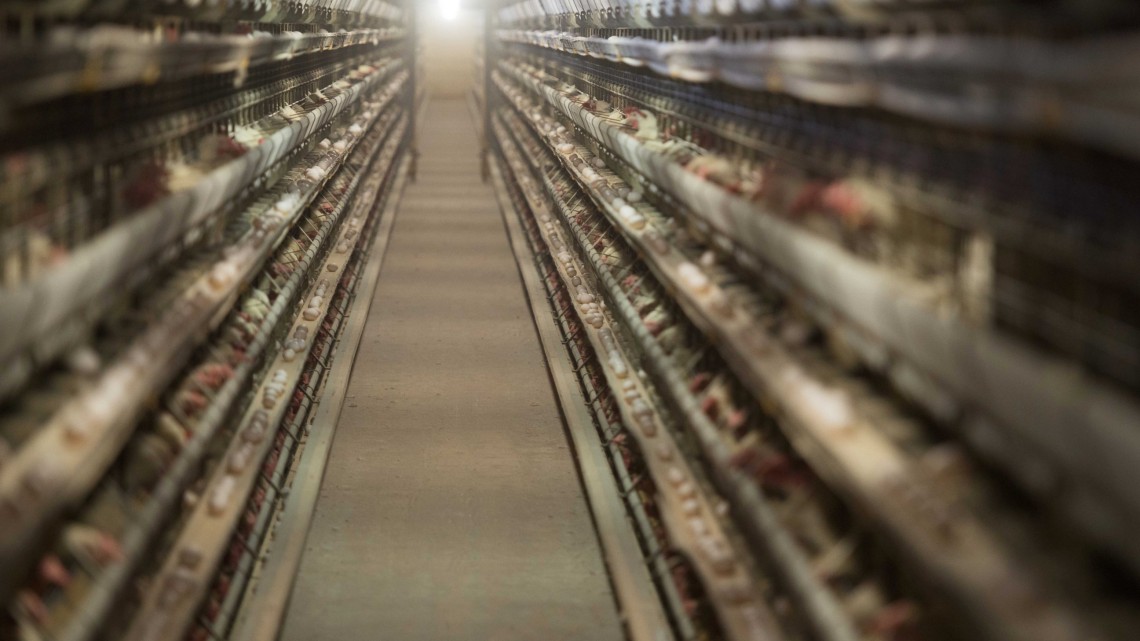Bird flu virus raises questions scientists working to answer
DAVID PITT, Associated Press
DES MOINES, Iowa (AP) — It’s been five months since the H5N2 bird flu virus was discovered in the United States, and producers have lost 21 million birds in central states alone. Yet, researchers acknowledge they still know little about a bird flu virus that’s endangered turkey and egg-laying chicken populations that supply much of the nation.
Scientists at the U.S. Department of Agriculture, the Centers for Disease Control and Prevention and other federal agencies are puzzled by the H5N2 virus’ spread — even amid heightened biosecurity measures — and apparent lack of widespread deaths in largely unprotected backyard flocks.
“At this point, we don’t know very much about these viruses because they’ve only recently been identified,” Dr. Alicia Fry, the CDC’s leader of the influenza prevention and control team, said. “We’re following the situation very closely because this is something we’re continuing to understand.”
The current H5N2 virus surfaced last winter in Canada and was first identified in the United States in early December, when it was found in a wild bird on the West Coast. This spring, the virus was found in poultry operations in eight Midwest states, forcing commercial producers to kill and compost millions of turkeys and chickens in Iowa, Minnesota and elsewhere.
Scientists speculate that perhaps rodents or small birds, seeking food, tracked the virus into barns. Maybe it’s the work of flies, as the bird flu virus has been found on the insects in a Pennsylvania outbreak in 1983 and in Japan in 2004. The USDA’s chief veterinarian even floated the idea last week wind may be blowing dust and feathers carrying the virus from the barnyard into buildings through air vents.
“To me, the main concern is the disease is moving even with heightened biosecurity,” said Richard French, a professor of animal health at Becker College in Worcester, Massachusetts. “Ideally we’ve got to try and figure out the way it’s most likely moving and try to put controls in place to stop that.”
Poultry farms’ biosecurity measures include changing clothes and boots before entering barns, disinfecting equipment and vehicles before they approach the barns and assigning workers to specific barns.
As new operations are infected almost daily, USDA epidemiologists also are trying to determine whether the virus came from a wild bird or could have spread from poultry in another barn or a nearby farm.
“We are continuing to evaluate how facilities become positive because we also want to be cognizant of any potential risk of lateral spread from farm to farm,” said Dr. T.J. Myers, the USDA associate deputy administrator of veterinary services. “We are doing those evaluations as we speak and we really don’t have enough data to report on that yet.”
Another puzzling question has been why there hasn’t been a surge in infections of backyard flocks. The USDA has identified 12 cases including five in Washington in January and February, plus others in Idaho, Kansas, Minnesota, Montana, Oregon and Wisconsin.
Cases might not be reported, French said, noting that commercial operations have a financial incentive to immediately report illnesses because the government pays them for each live bird that must be destroyed. Plus, French said, outdoor chickens could have been exposed over time to low pathogenic versions of bird flu and have developed stronger immunity.
One belief held by researchers will soon be tested: whether the virus will die as temperatures warm up and ultraviolet light increases. With temperatures this week in the 70s in many of the affected states and even warmer weather expected soon, infections should decline if that assumption is true.
But David Swayne, director of the Southeast Poultry Research Laboratory in Athens, Georgia, acknowledged it’s hard to predict what will happen.
Scientists expect the virus to return in autumn along with cooler temperatures and wild birds migrating south, but Swayne says the virus could burn itself out and disappear for a while before that.
[livemarket market_name="KONK Life LiveMarket" limit=3 category=“” show_signup=0 show_more=0]






No Comment